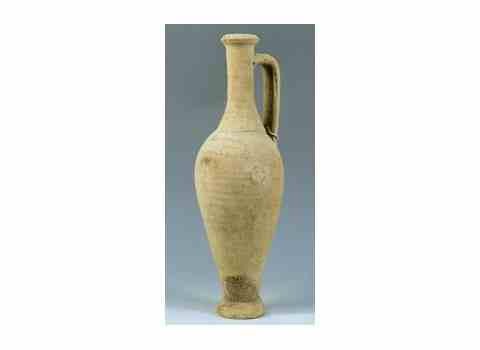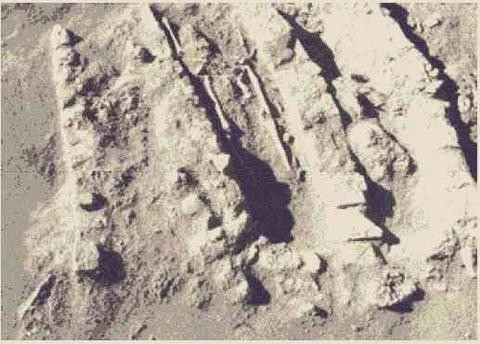Archaeology in Maratea
anchors and amphorae

The traces of archeology on the territory of Maratea are the mirror of the history of the site itself, especially those of the Greek age and the Romans.
The ancient Maratea was a place of worship since the Greek age, referring to the Greek cities of the coast such as Vibona, Laos and Blanda, the latter according to some theses built at the foothills of the Noce River and located by historians on the hill of Palestro between Castrocucco and the village of Tortora, where still remains the remains of ancient buildings and burial grounds.
Trade and Archeology
The Noce River and its valley were the gate through which the men of the coast traded with the interior areas of the Lagonegrese the products that landed on the Maratea coast, such as the Aeolian obsidian, amphorae, Ionic cups, black painted pots, which were found at Rivello and Cape Timpa above Maratea Harbor.
The Greeks were replaced from the 2nd century BC. the Romans, and the importance of Maratea and its landings on the coast is witnessed by the important marine deposits along the coast from Castrocucco to Cape of Santavenere.
Many fragments of amphora (Castrocucco and Secca della Giumenta) have been found, a wreck of ships, marinas and numerous stone or metal stumps.
Archaeological research in the sea of Maratea
Starting from the 1960s, the first archaeological explorations began in the territory and in the sea of Maratea. It was some Piedmontese divers who also carried out the first recoveries and the first anchor strain that was found in 1966 is now preserved in the Turin museum while two others, recovered in the seventies, are located in the Museum of the Sea of Venaria Reale, also in Turin. .
After various other discoveries in the early eighties, the Superintendency undertook a campaign to explore the seabed of the island of Santojanni, discovering a real deposit of anchors and other objects, making it one of the most important deposits of Roman cargo ships in the Mediterranean.

Il sito www.maratea.info è aggiornato dai volontari di ALTRITURISMI.it
FAI UNA DONAZIONE
- Per essere aggiornato sulle attività di AltriTurismi ETS -> Iscriviti alla newsletter
Small necropolises

In Castrocucco were also identified tombs of IV - V sec. A.D. with fragments of cylindrical amphorae of the lower empire; a tomb with a coin and a fragmentary lamp was found in Massa.
Always at Castrocucco di Maratea, in the area of Capo la Secca next to the baronale palace Labanchi there are the remains of a structure in two rooms most likely destined for garum production.
These archaeological finds are preserved at the Palazzo De Lieto Museum in the historic center of Maratea



